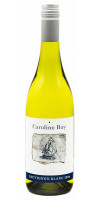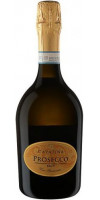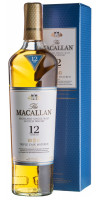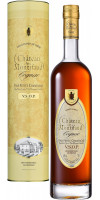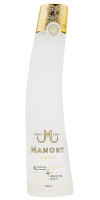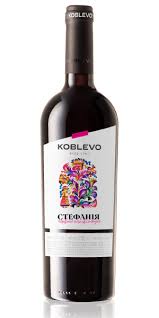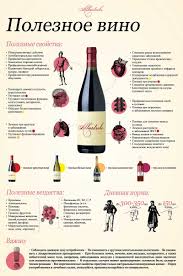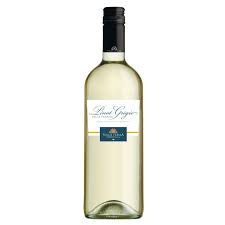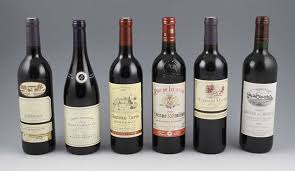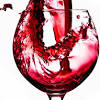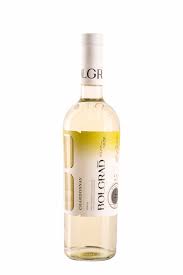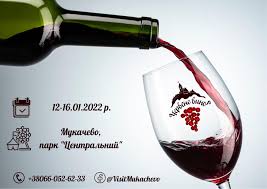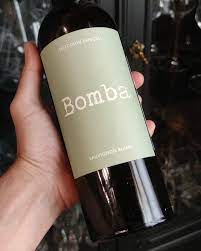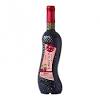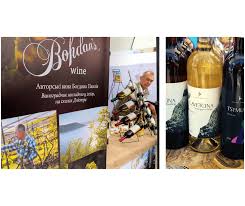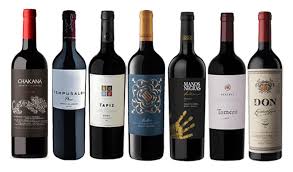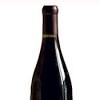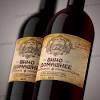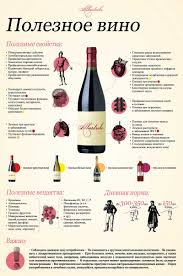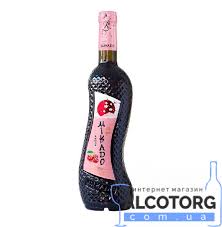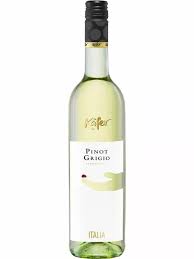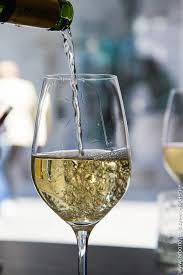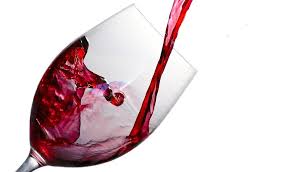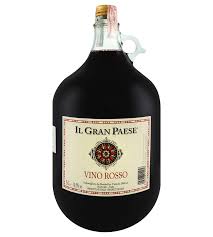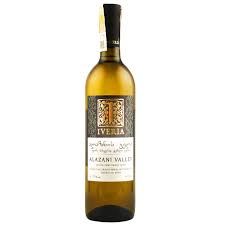
Спасибо за регистрацию в WineRow!
Вы будете уведомлены по электронной почте, как только Ваш Личный Кабинет будет активирован администрацией магазина.
Если у Вас есть какие-то вопросы, пожалуйста напишите нам.
Вы вышли из Личного Кабинета.
Ваша корзина покупок была сохранена. Она будет восстановлена при следующем входе в Ваш Личный Кабинет.
вине производители бодеджас валделана сагар сугое
The history of winemaking in Ukraine is at least 4.5 thousand years old, and quite possibly much more. On the banks of the Dniester, winemaking was already practiced when no one had heard of French viticulture, and the Roman Empire was about a thousand years away. The tribes of Thracians who lived at the beginning of the 2nd millennium BC on the banks of the Dniester already possessed the culture of growing grapes and making wine. And this grape, which is important, was not imported by the Romans or Greeks, as in France or Germany. He was local and not wild but civilized. There is a wealth of archaeological and historical evidence for why. What's more, even before the Thracians, the people of Tripil knew how to make wine, and they, as is known, lived between the 5th and 3rd millennium BC. on the territory of modern Ukraine. So we are not Georgians, whose history of winemaking is about 8,000 years old. But we can say that when the ancestors of modern Germans or Frenchmen ran around the village with sticks to catch wild boar for dinner, our ancestors were already drinking wine in whitewashed houses. Which is very important. Because where there is a vineyard there is culture, there is no place for barbarism.
Історія вина невіддільна від історії людства. Вино – особливий напій. Цінність його складається з двох джерел: ягід, які вбирають в себе сонячну енергію і дріжджових клітин – фабрики багатьох корисних речовин. Цей сонячний напій містить ряд поживних і біологічно активних речовин, корисних для організму людини, до яких належать: органічні кислоти (винна, яблучна, лимонна, бурштинова та ін.), які містяться у винні в легко засвоюваній формі, азотисті сполуки: протеїни, амінокислоти, барвні та фенольні речовини, гліцерин, цукор, пектинові речовини, дуже цінні макро- та мікроелементи: калій, кальцій, магній, залізо, марганець, мідь, цинк, бор, хром, фтор, йод миш’як, кобальт та ін.
По мне пьётся тяжело, наверное, надо разбавлять льдом или водой. ...
Дмитрий
07.01.2021
Лучший двенадцатилетний виски. Вкус мягкий, с приятной, не приторной сладостью. ...
Андрей
12.10.2022
Хорошее сбалансированное и зрелое вино с приятными нотами ванили и шоколада в бу ...
Маша
08.08.2022
Виски – крепкий алкогольный напиток с собственным характером. В составе присутствуют спирты ячменя, пшеницы или ржи. Производят также виски из кукурузы. Разнообразие видов и сортов огромное, так что в нем не трудно потеряться Сегодня в мире существует 4500 сортов красного вина, что предполагает невообразимое множество вкусов, ароматов и волшебное сочетание нот композиций Каждый год 4 августа отмечают день рождения шампанского. В этот праздник принято открывать бутылку хорошего игристого и не спеша наслаждаться напитком Мясная гастрономия очень разнообразна. Она не только включает в себя виды основного продукта, но и сотни блюд Часто бывает, что в бутылке остается недопитое вино. Конечно, возникает логичная мысль – поставить его в холодильник, чтобы сохранить до следующего повода. Однако... Многие любители крепких напитков уверены, что виски или скотч нужно пить без закуски, не перебивая вкус напитка продуктами.

